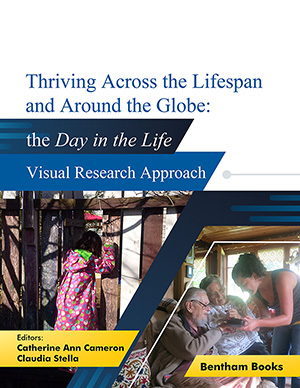Abstract
SHS investigation development is considered from the geographical and historical viewpoint. 3 stages are described. Within Stage 1 the work was carried out in the Department of the Institute of Chemical Physics in Chernogolovka where the scientific discovery had been made. At Stage 2 the interest to SHS arose in different cities and towns of the former USSR. Within Stage 3 SHS entered the international scene. Now SHS processes and products are being studied in more than 50 countries.
Abstract
Imitation plays a pivotal cognitive and social role during human development and has been widely studied by developmental psychologists. However, researchers rarely follow children as they imitate in their natural social spaces, across different interactions over time, so core questions as to the quantity and quality of imitative behaviours in childhood have yet to be answered. This paper, adopting a quasi-ecological approach, examines the imitation enacted with two first-year primaryschool pupils (one male and one female) in the flow of their everyday interactions with family and schoolmates. The study is part of a broader interdisciplinary research programme, investigating the transition-to-school of children in diverse communities around the globe. Two Italian children were video-recorded during one Day in their Lives, at home and school. Our analysis draws upon this filmed naturalistic corpus. Our operational definition of imitation is: A behaviour that immediately replicates a modelled behaviour. We developed a data-driven interpretational grid for the different acts of imitation documented. The grid categorizes patterns of imitative acts, emerging over time, along six polar dimensions: From unintentional to intentional; spontaneous to requested; one-sided to reciprocal; exact to varied; already acquired to newly learned; and permitted to prohibited. Home and school contexts offered varied affordances for imitation and allowed documentation of how prevalent, multifaceted, and powerful imitation is across contexts and companions of primary-school children. Documentation of imitative behaviours in real-time and in ecological context sheds light on the import of imitation and its associated theoretical conceptualizations.
Keywords:
Recommended Chapters
We recommend

Authors:Bentham Science Books






